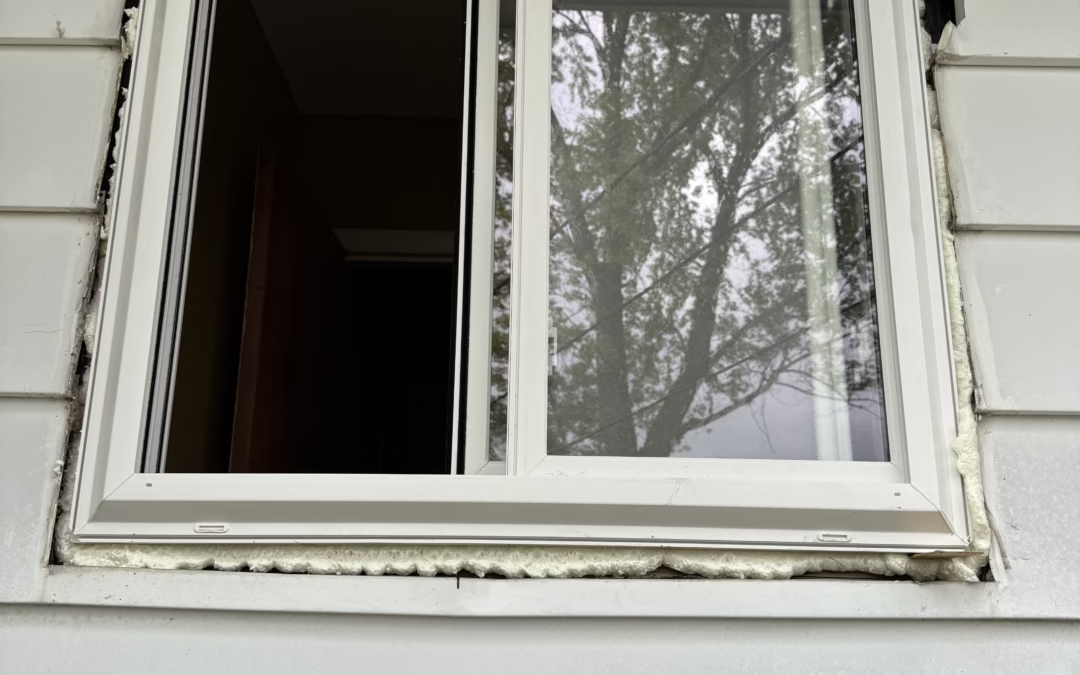The Pros and Cons of Slider Windows: Choosing the Right Fit for Your Home
When it comes to replacing your windows, one of the first decisions you’ll face is choosing the right style. Slider windows are a popular choice for many homeowners, offering a clean look, easy operation, and a great view. But like any product, they come with both advantages and disadvantages. Understanding these can help you make the right choice for your space — and sometimes, a casement window might be the better option.
What Are Slider Windows?
Slider windows, sometimes called gliders, open horizontally rather than vertically. The sash slides along a track from side to side, making them a convenient option for areas where lifting a window isn’t ideal — like over kitchen counters or in basements.
The Pros of Slider Windows
1. Easy to Operate
Slider windows glide open with minimal effort. There are no cranks or pulleys — just a simple slide to bring in fresh air. This makes them ideal for homeowners who want a low-maintenance, user-friendly option.
2. Great for Wide Openings
Because they open side-to-side, slider windows are perfect for wider wall openings where a traditional double-hung window might look awkward or limit your view.
3. Low Maintenance
With fewer moving parts than crank-style windows, sliders generally require less upkeep. Modern versions often feature lift-out sashes that make cleaning the exterior glass from inside your home much easier.
4. Cost-Effective
Slider windows tend to be more affordable than other premium styles, like casements. This makes them a solid choice for larger projects or budget-conscious upgrades.
The Cons of Slider Windows
1. Less Airtight Than Casements
Because sliders don’t have a compression seal (they rely on weatherstripping instead), they can be less energy-efficient than casement windows. Air infiltration can be slightly higher, especially as the windows age.
2. Limited Ventilation Control
Only one side of the window can open at a time, which limits airflow compared to double-hung or casement styles.
3. Track Maintenance
The bottom track can collect dirt and debris over time. Regular cleaning is important to keep the window sliding smoothly and to prevent wear.
When to Choose Slider vs. Casement Windows
If your opening is wider than it is tall, a slider window is typically the most practical option. They complement modern home designs, provide excellent visibility, and fit well in horizontal spaces.
However, if energy efficiency and ventilation are top priorities, casement windows are worth considering. Casements open outward with a crank and use a compression seal, providing a tighter closure against the weather. They’re slightly more expensive than sliders, but the added performance and insulation can pay off in the long run — especially in Michigan’s climate.
The Bottom Line
When choosing between slider and casement windows, let the shape and function of the opening guide your decision. A wide opening is best suited for a slider, while a tall or narrow space is better for a casement. Both styles have their strengths — the key is matching the right window to the right opening.
If you’re unsure which style is best for your home, Level Up Improvement can help you find the perfect fit, ensuring your new windows look great, perform efficiently, and last for decades.

